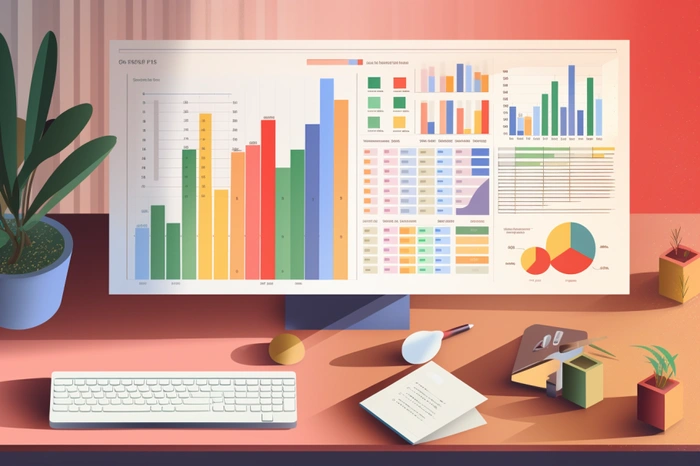
The integration of Python and artificial intelligence (AI) capabilities into Microsoft Excel, a productivity application used by over 750 million people worldwide, is a significant development in the realm of data analysis and automation. This quick guide provides more information into the potential applications, limitations, and future possibilities of this integration, providing a comprehensive overview of the subject and how to build AI powered spreadsheet to help you save time, improve your productivity and automate workflows.
Microsoft Excel’s recent update now supports Python, a high-level programming language known for its simplicity and versatility. This new feature allows users to perform real programming in Excel, including tasks such as data segmentation, advanced data visualization, machine learning, and even creating basic applications. The potential to build AI features in Excel through packages like Land Chain, Open AI, and Llama Index is an exciting prospect that could revolutionize the way users interact with spreadsheets.
Excel AI spreadsheets
Other articles you may find of interest on the subject of Microsoft Excel and Python
- How to use Llama 2 with Python to build AI projects
- Latest Raspberry Pi MagPi magazine features Python Robots
- Microsoft Excel receives Python integration
- How to use Python in Excel spreadsheets for data analytics
- Excel with Business: Lifetime All-Course Access
- How to automate Excel reports using ChatGPT Code Interpreter
- How to use Python in MS Excel spreadsheets
However, the implementation of Python in Excel is not without its limitations. Currently, it only supports a limited number of libraries and does not support requests for security reasons. This restriction somewhat hampers the full implementation of AI features, but it is a necessary measure to ensure the security and integrity of data within Excel.
Despite these limitations, the integration of AI capabilities into Excel could unlock a multitude of use cases. For instance, it could automate research on investors and clients, create personalized outreach campaigns, and even automate the creation of blog posts from video transcripts. These applications could significantly streamline business processes, saving time and resources.
Several companies are already exploring the potential of AI in Excel. Relevancy, for instance, allows users to build AI automation and agents, while IQ is developing an AI assistant to help users derive insights from their data. These developments hint at the vast potential of AI-powered spreadsheets in enhancing productivity and data analysis.
Despite the current limitations, the integration of AI into Excel is expected to revolutionize the user experience. It opens up new possibilities for data analysis and automation, making spreadsheets more powerful and versatile than ever before. As AI continues to evolve and improve, we can expect to see even more sophisticated features and applications in Excel.
The integration of Python and AI capabilities into Microsoft Excel is a promising development that could significantly enhance the functionality and versatility of spreadsheets. While there are limitations to consider, the potential applications and future possibilities of this integration are vast and exciting. As more companies explore and harness the power of AI in Excel, we can look forward to a future where spreadsheets are not just tools for data entry and analysis, but powerful AI-powered platforms that can automate and streamline a wide range of business processes.
Latest Geeky Gadgets Deals
Disclosure: Some of our articles include affiliate links. If you buy something through one of these links, Geeky Gadgets may earn an affiliate commission. Learn about our Disclosure Policy.